NEW YORK––Richard Slee: Perfect Pie is the artist’s third solo exhibition with Hales Gallery (17 January – 23 February 2019) and his second New York exhibition (the first was with Garth Clark Gallery). He is one of a handful of ceramists who have worked in the Pop idiom and has remained relevant as a contemporary artist. Others have done it in abstraction such as Ken Price and Ron Nagle. But Slee rules figuration.
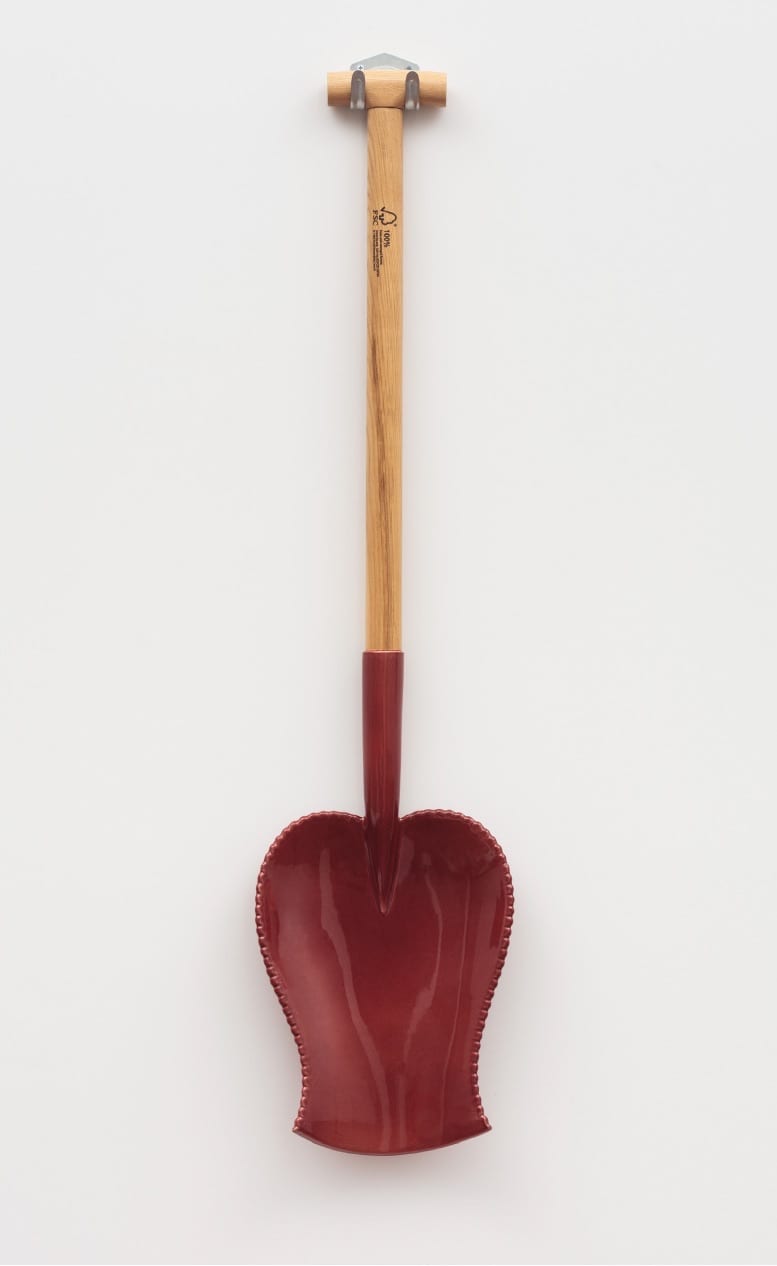
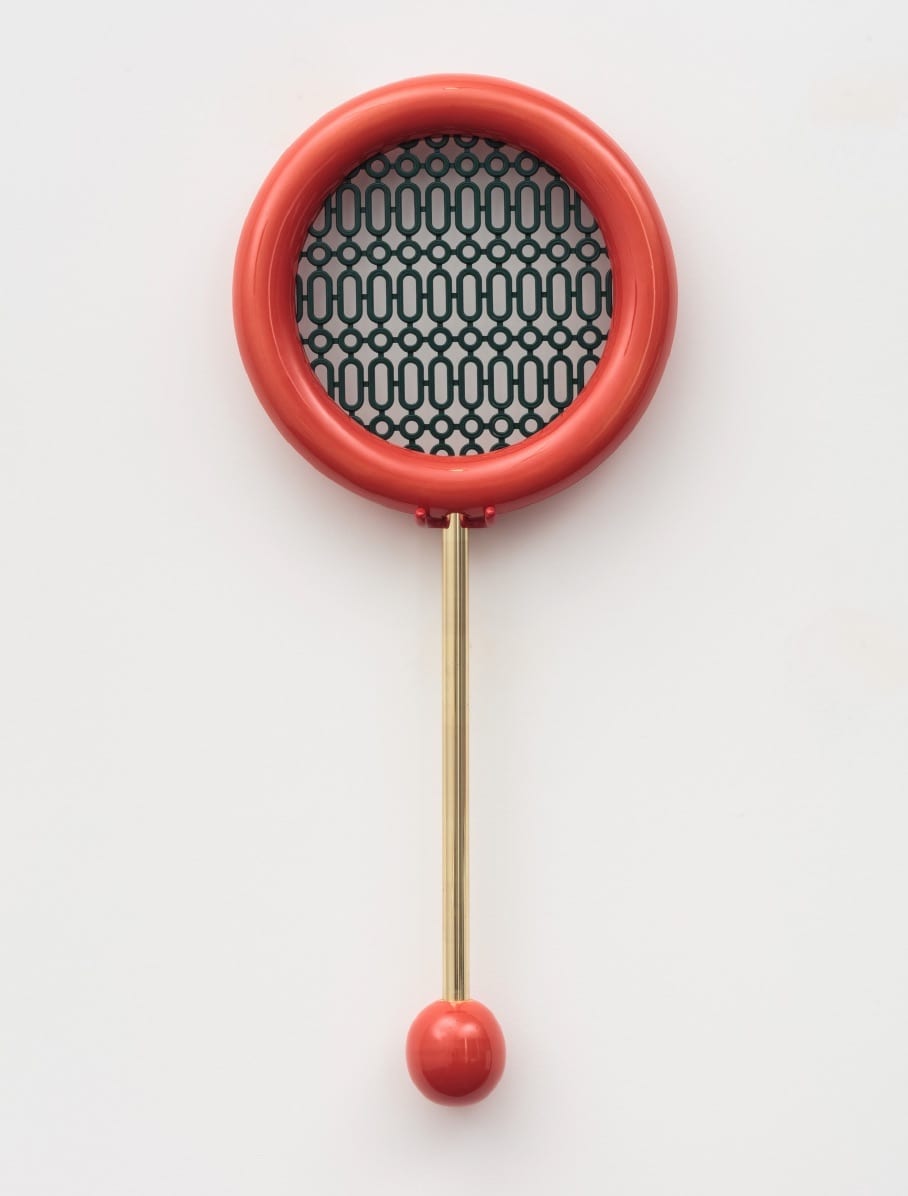
I have followed his work as a fan since my days at the Royal College of Art, London in the mid-1970’s and have never been disappointed. Slee’s wry way of seeing banality powers his vision from exhibition to exhibition. It gives him endless fuel.
Dropping in on this exhibition in New York I was not expecting a break in style or a new identity. Pop artists tend to remain in their aesthetic corridor of choice. Think of Claes Oldenburg, Roy Lichtenstein and Andy Warhol. Content changes but stylization does not. This is not negative criticism, just the nature of this animal. Thus every visit to Slee has a certain comforting familiarity leaving one free to delve into his vision of life’s tools and social perversities.
The exhibition is a career survey and so I could connect with old friends and new ones like Pinocchio as conjoined twins. In the gallery’s statement they explain the intent of the exhibition:
“This selection highlights themes that recur across Slee’s substantial oeuvre: the great outdoors and the domestic interior (or “the great indoors,” as he prefers to call it). Slee integrates fabricated references to the decorative, the ornamental, and the symbolic—both from past histories and within contemporary culture. These eclectic sources reposition and reframe everyday objects in novel contexts.
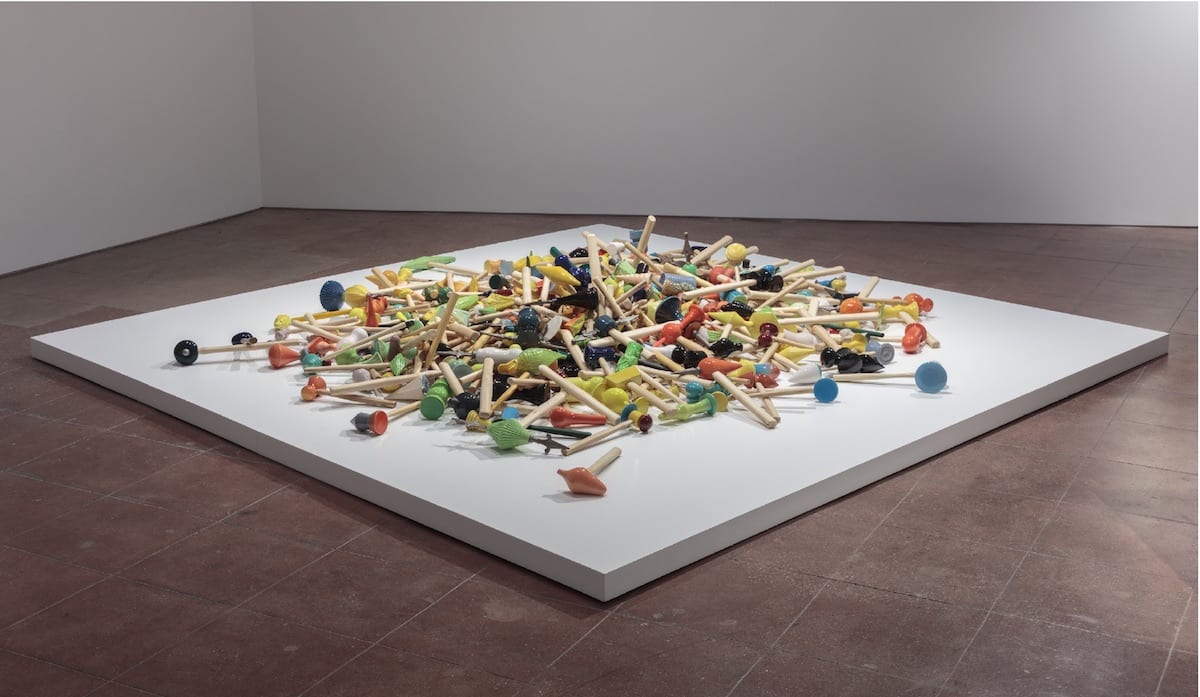
In works like Hammers (2010 – ongoing) and Anvil (1986/2003/2018), tools lose their intended purpose, instead parading an ironic fragility. Slee continuously toys with the hierarchy culturally embedded in materials—for example, the lavishness of porcelain versus the utilitarianism of brick clay—as he subverts the idea that one material should be valued over another. By casting hammers in glistening glaze, Slee is, in his own words, “making a tool useless by making it precious.”
The tools also murmur of labor and with that Britain’s enduring class system with the added irony that they do not allow anyone to work with them. In looking at these artifacts I am reminded of an interview where Slee, who loved to plant ideas unrelated to his work, described himself as a “functional potter”. Bernard Leach must have convulsed in his grave. But now I look back and it makes more sense. Not the potter part, he has made vessels but I do not see him as a vessel maker.
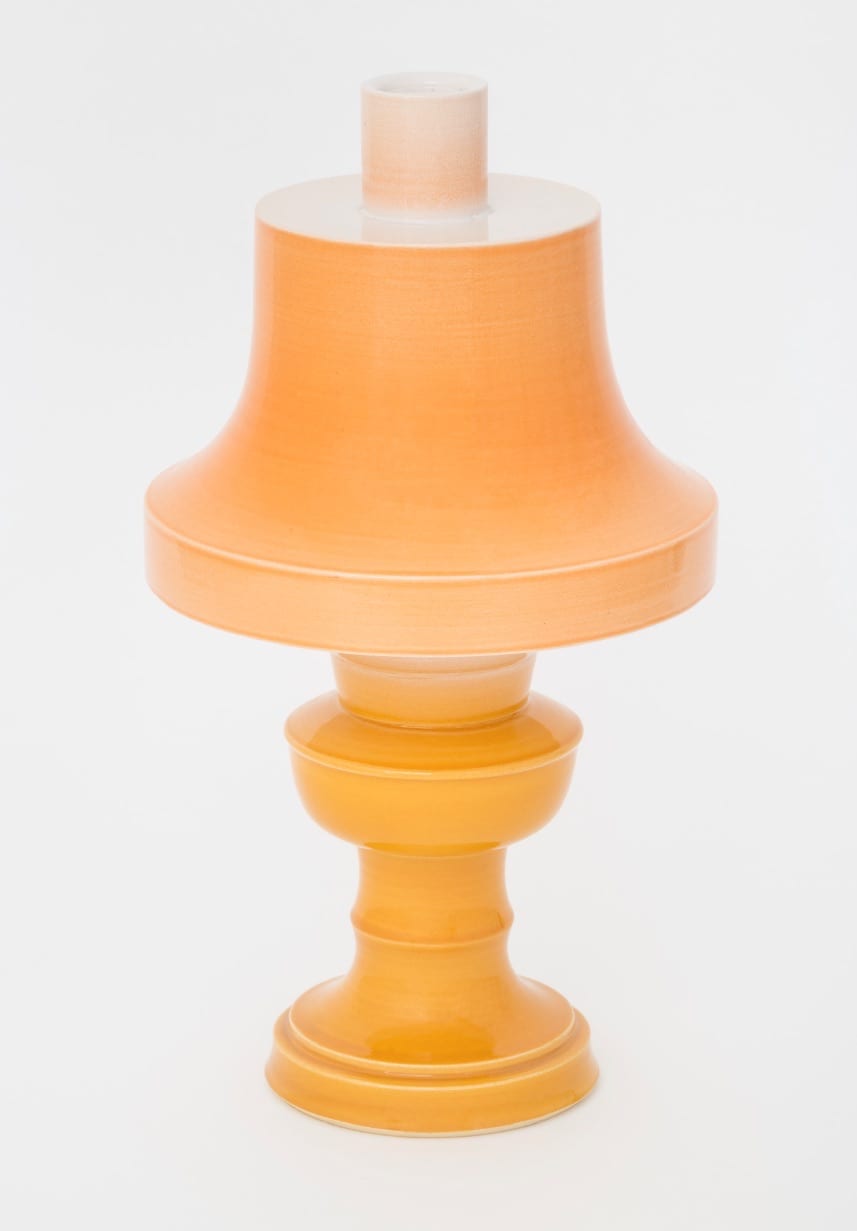
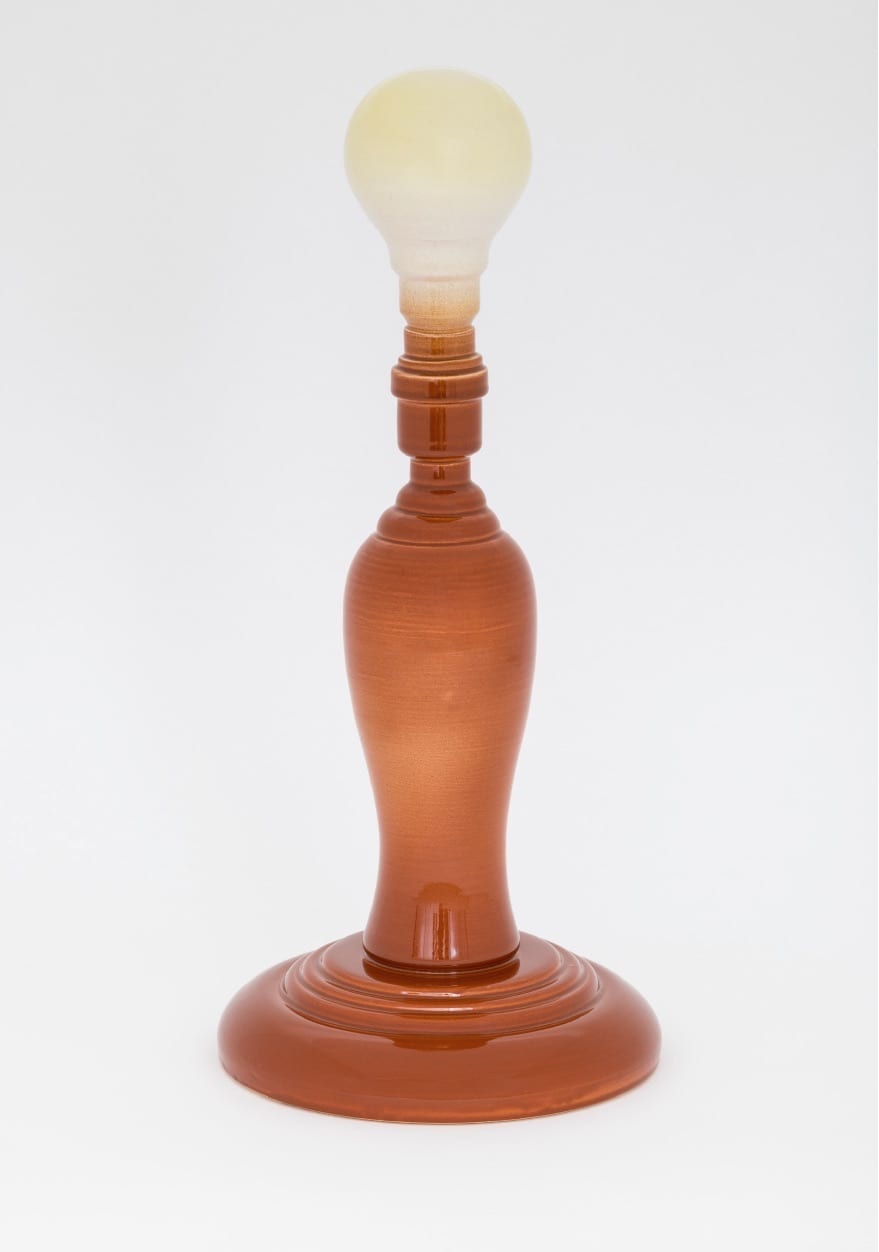
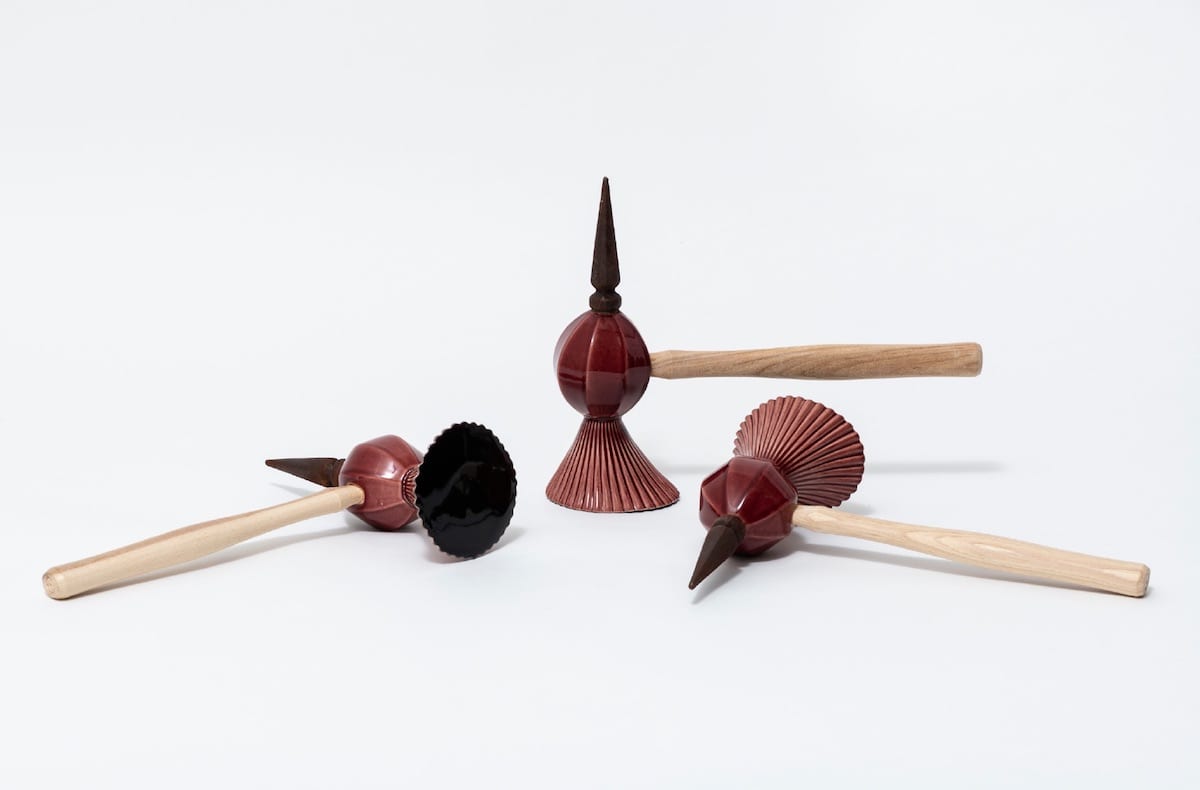
Now he works with things that work in our life, tools of the laborer and those who wield them.
Lastly, I am surprised that Slee, by no means unknown, he is one of Britain’s most celebrated ceramists, has not been welcomed into art with the same enthusiasm that greeted Price and Nagle, two artists that are his peers.
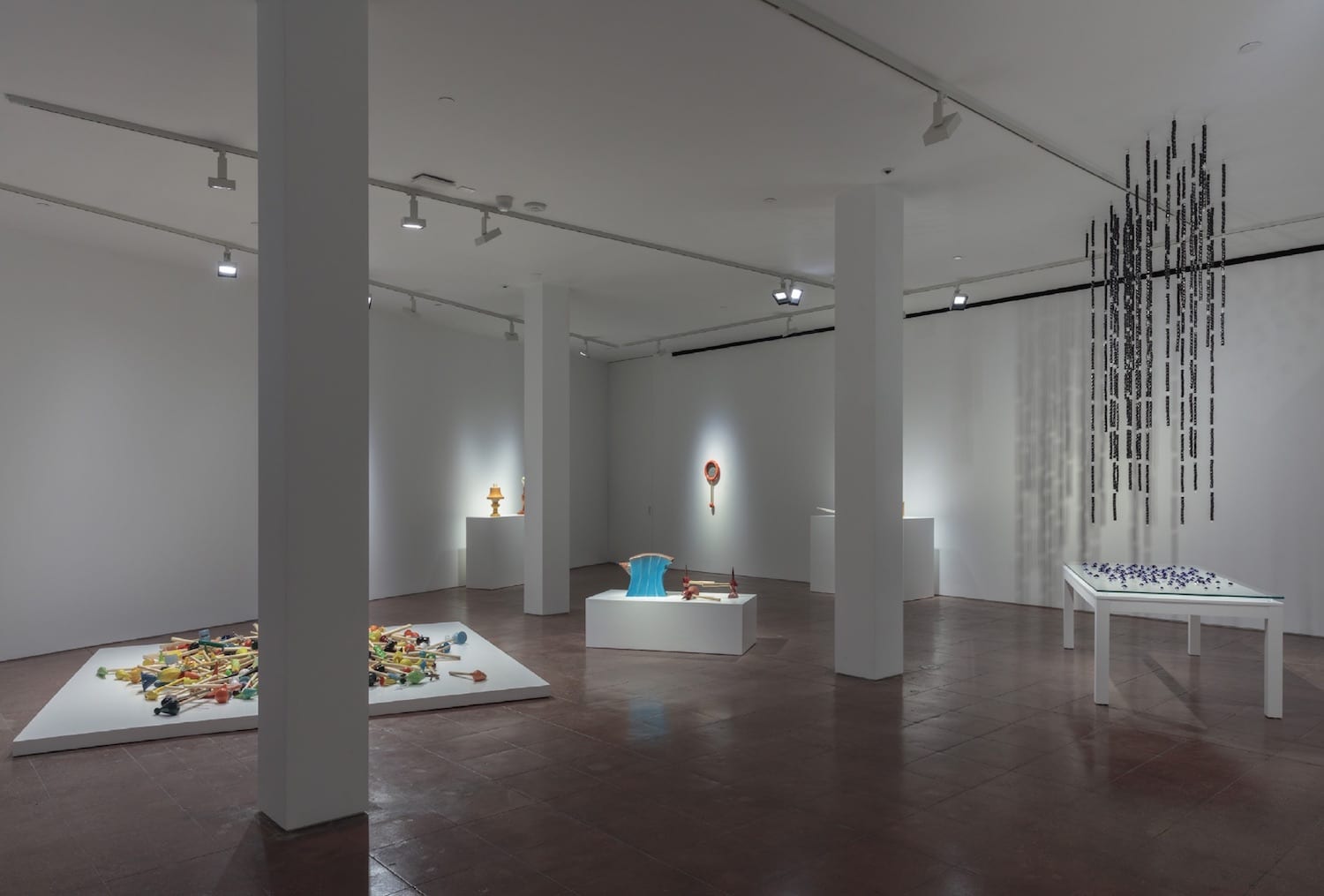
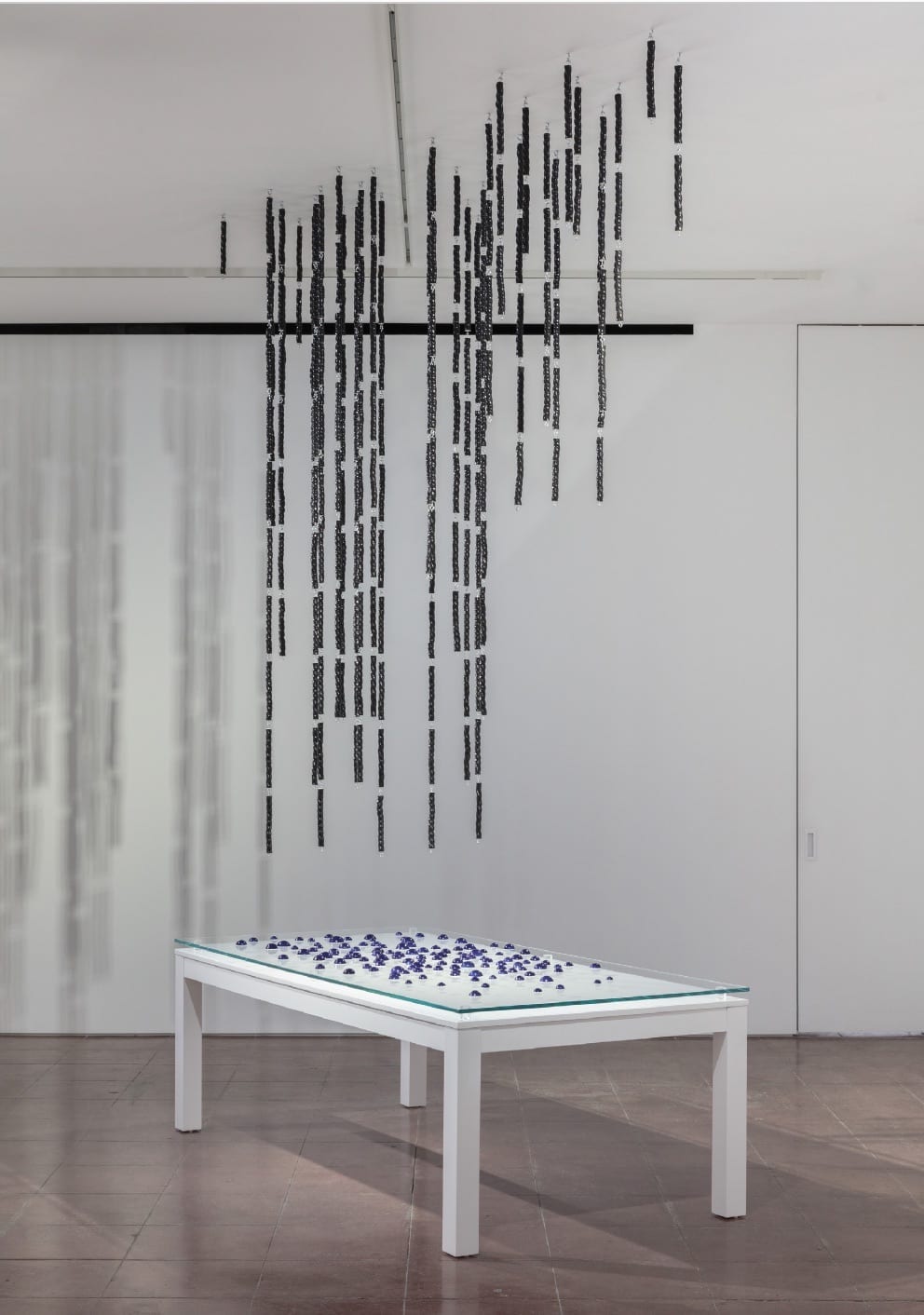
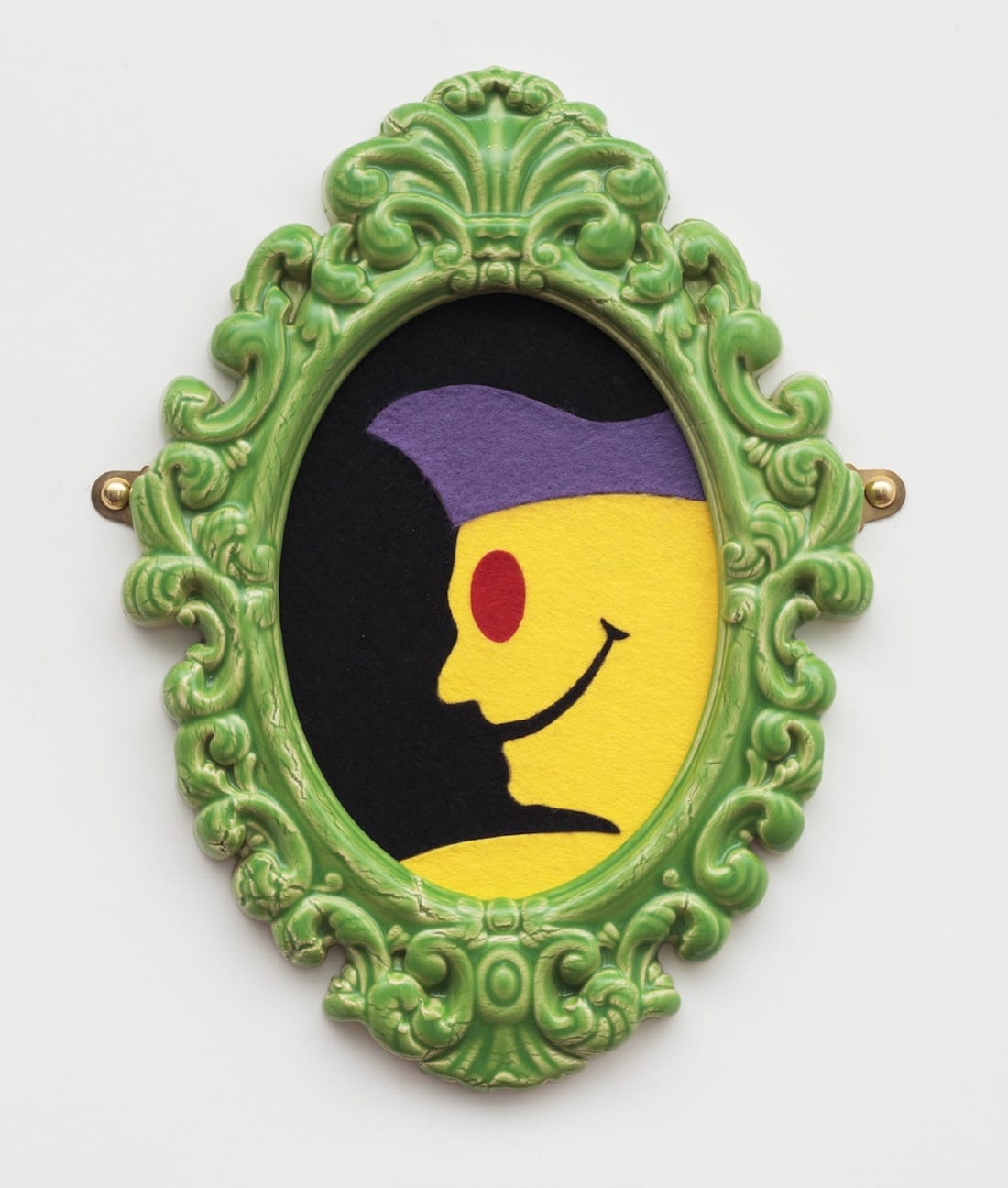
To view more work visit Slee’s website or Hales Gallery.
Read more about Slee in earlier posts in Cfile.Daily.

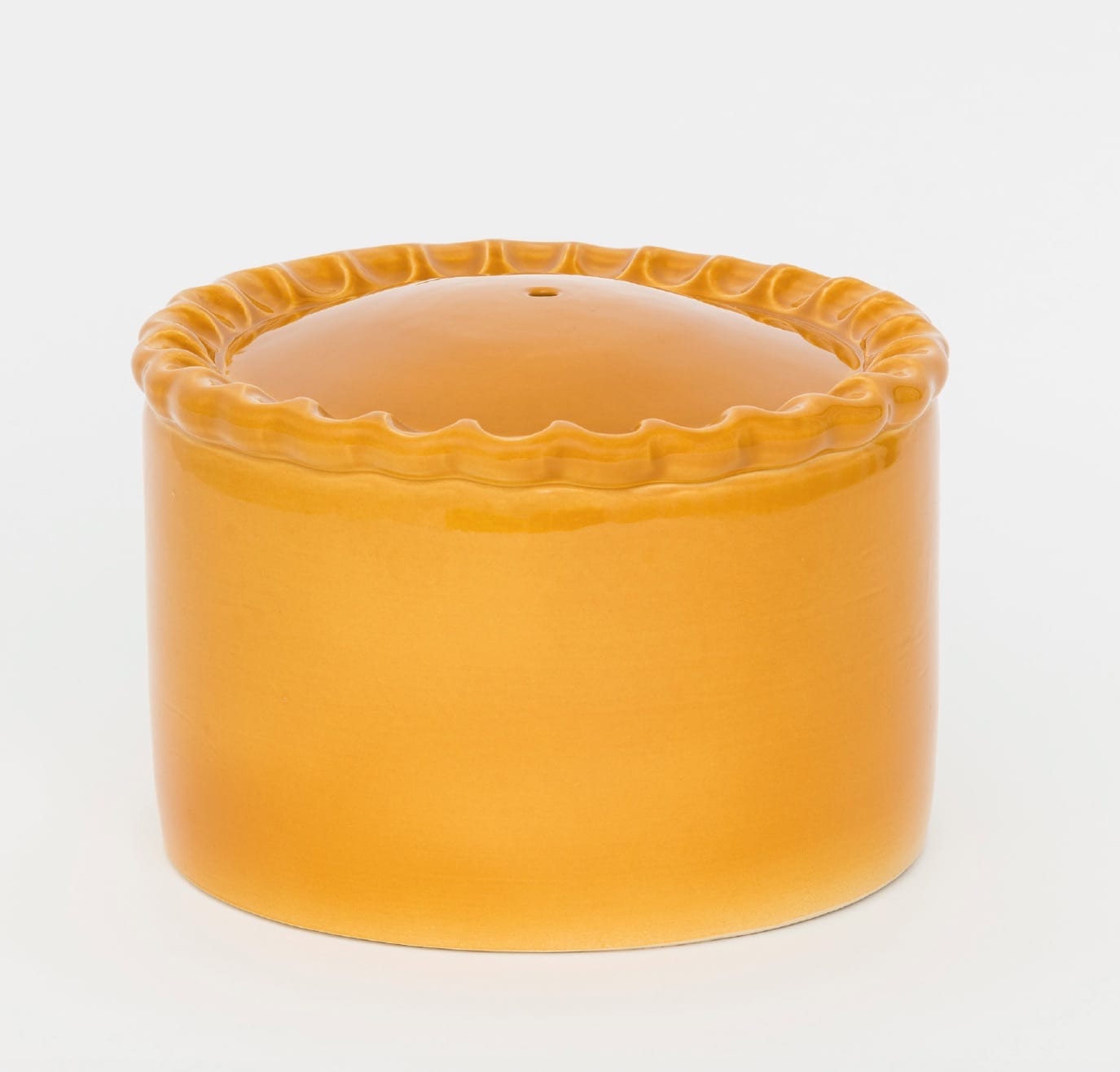
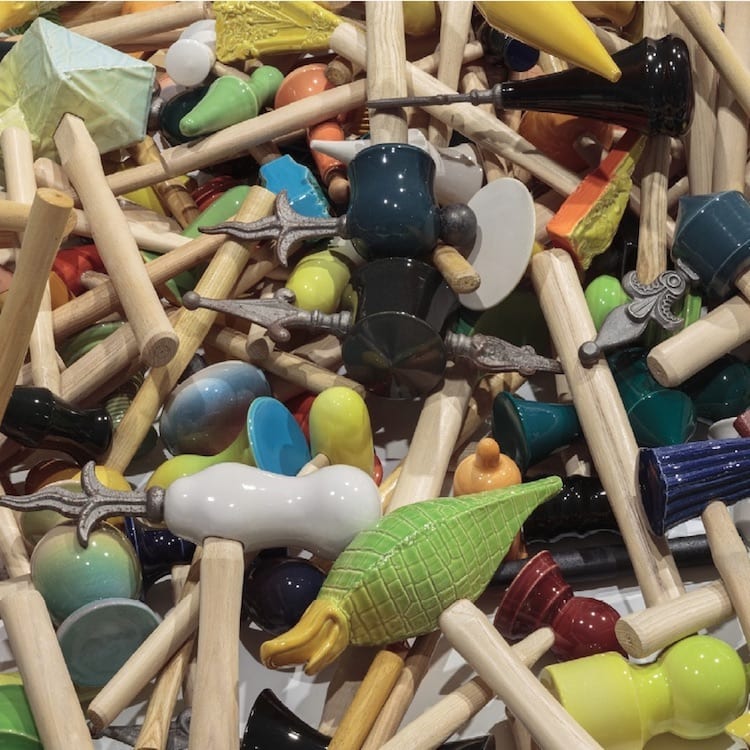
I have admired Richard’s work for many years since I first obtained
an early piece from probably his first exhibition called Smith & Others.
I have treasured this piece for probably the last fifty odd years which represents a Pelican. Although we haven’t seen one another for such
a long time I’ve followed his career with interest and was lucky enough
to see a one of his more recent exhibitions at the Victoria & Albert. If
nothing else I would appreciate you forwarding my best wishes from
his cousin.
A wonderful and insightful article on the extraordinary Richard Slee and his work.